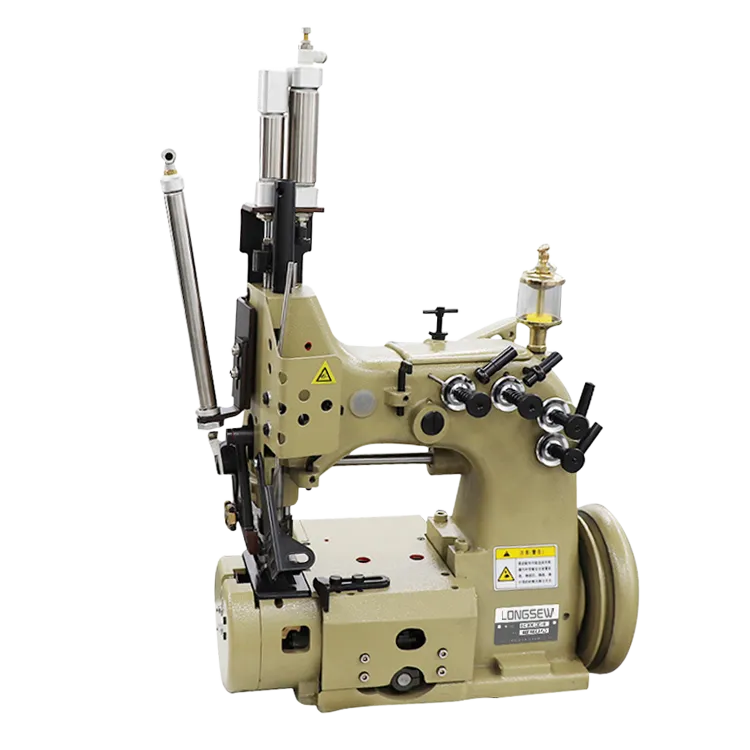what is a serger in sewing
What is a Serger in Sewing?
Sewing is an art that has evolved over the years, encompassing various techniques and tools to enhance the quality and efficiency of stitching fabric. Among these tools, the serger stands out as a specialized machine designed for finishing edges, creating seams, and providing a professional look to garments and other fabric projects. But what exactly is a serger, and how does it differ from a conventional sewing machine?
A serger, often referred to as an overlock machine, is specifically engineered to work with multiple threads and perform a variety of stitches that ensure a clean, finished edge on fabric. Unlike standard sewing machines, which typically use one or two threads, sergers use multiple threads—usually three or four at a time—to create unique stitch types that prevent fraying and unraveling of fabric edges.
What is a Serger in Sewing?
Sergers can perform several types of stitches, including the three-thread overlock, four-thread overlock, and rolled hem. The three-thread overlock is commonly used for a lightweight finish, while the four-thread overlock stitch adds extra strength, making it suitable for seams that will undergo significant stress. The rolled hem stitch is perfect for creating a narrow edge on lightweight fabrics, such as chiffon and silk, adding a delicate touch to garments.
what is a serger in sewing

One of the significant advantages of using a serger is the speed at which it operates. A serger can sew and finish edges simultaneously, allowing for quicker project completion. This efficiency makes it a favorite among both commercial garment manufacturers and home sewists. Additionally, the serger can handle a variety of fabric types, from knits to wovens, making it versatile for different sewing projects.
While sergers come with many benefits, they also require some adjustment in technique compared to traditional sewing machines. Users must be familiar with threading the machine, which can be a bit more complex due to the multiple threads involved. However, many modern sergers now feature color-coded guides and easy-threading systems, reducing the learning curve for new users.
Sergers are not designed to replace traditional sewing machines but rather to complement them. Many sewists find that they benefit from having both types of machines in their sewing arsenal. A sewing machine is more suitable for tasks like topstitching, buttonholes, and decorative stitching, while the serger efficiently handles edge finishing. Therefore, both tools can work together to produce high-quality, professional-looking results.
When selecting a serger, it is essential to consider features that will best meet your needs. Look for machines with adjustable stitch length and width, differential feed (which prevents fabric from stretching or puckering), and easy-to-use tension controls. Additionally, consider the brand's reputation for reliability and customer support, as a sturdy machine will last for years if well maintained.
In conclusion, a serger is a powerful and versatile tool in sewing, specifically designed for edge finishing and seam creation. Whether you are a beginner or an experienced sewist, incorporating a serger into your sewing routine can greatly enhance the quality of your projects. With its ability to sew faster and provide professional finishes, a serger opens up new possibilities for creativity and precision in sewing. As you explore the world of fabric and thread, consider how a serger could elevate your crafting experience, making every project a testament to your sewing skills.
-
Industrial Cylinder Arm Sewing Machine: Revolutionizing Heavy-Duty SewingNewsJul.28,2025
-
Cylinder Arm Sewing Machine: Perfect for Special Sewing ApplicationsNewsJul.28,2025
-
Cylinder Bed Sewing Machine: Essential for Sewing Complex MaterialsNewsJul.28,2025
-
Heavy Duty Sewing Machine: The Essential Tool for Industrial ApplicationsNewsJul.28,2025
-
Computerized Pattern Sewing Machine: Revolutionizing Precision StitchingNewsJul.28,2025
-
Heavy Duty Industrial Sewing Machine: Power Meets PrecisionNewsJul.28,2025
-
Leather Sewing Machine: The Industrial Standard for Tough MaterialsNewsJul.18,2025





























